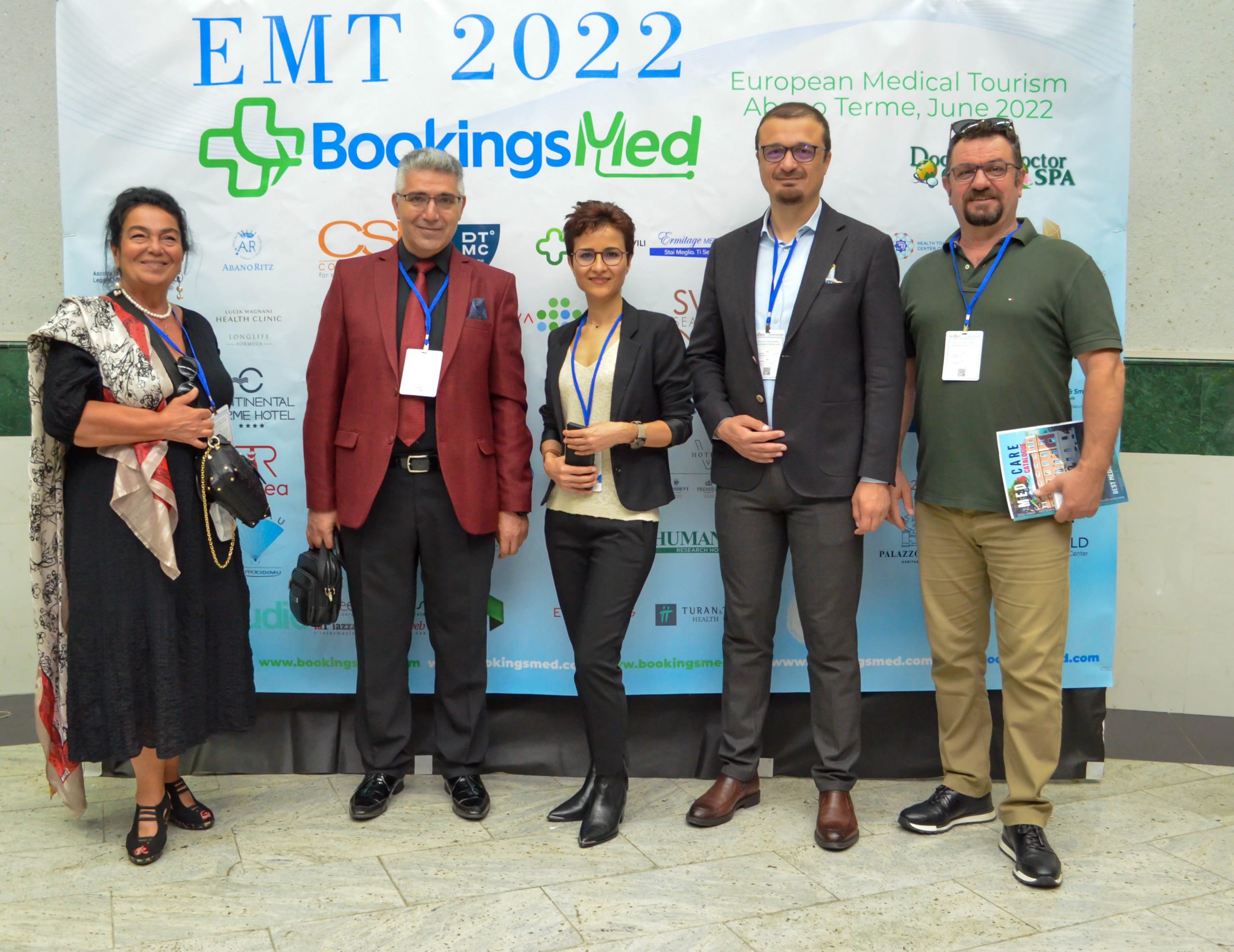What is Medical Tourism is Consider the following to explain :
“Medical tourism” is when people go to another country for medical care instead of staying in their own country. Politicians, academics, and the media have all noticed how quickly the number of people who go abroad for medical care has grown. At first, the term referred to people from less-developed countries who traveled to industrialized countries to get medical care they couldn’t get at home.
As people move from developed countries to developing countries for medical care, both the number and quality of patients’ movements are changing. What is medical tourism This move is being made because medical care in developing countries is cheaper and easier to get to, and because marketing and online information about healthcare options in other countries are becoming more common.
The word “tourism” fits best with the idea of medical tourism because patients often stay longer in the destination country after getting medical care there. So, tourists can get the most out of their stay by taking tours, going on day trips, and doing a wide range of other traditional tourist activities.

What is medical tourism Cost:
The worldwide medical tourism industry is worth billions of dollars right now, and experts predict that it will grow a lot over the next ten years. Most people decide where to get medical care based on how much it will cost.
Many companies and insurance companies have started to look at medical tourism as a way to lower the rising costs of health care in the U.S. and other places. What is medical tourism As more countries see the potential benefits of this growing business, they have started to offer first-rate healthcare at much lower prices.
Most of the reason healthcare in developing countries is cheap is because the country’s economy is getting better. People use the GDP per capita as a stand-in for national income, and there is a strong link between the two. Because of this, medical procedures in countries that promote medical tourism heavily may cost 30%–70% less than in the U.S.

What is medical tourism Quality:
Technical or mechanical quality and serviceable or functional quality are the two main parts of service quality in the health care field. The success of a medical facility is measured by the quality of care it gives. Technical equipment is an important part of figuring out what’s wrong with a patient (such as the services of staffs, nurses and, most importantly, the doctors towards the patient and their assistants). Patients are drawn to businesses that offer medical tourism because the services they offer are so good.
A big reason why medical tourism isn’t more popular is that people think they will get worse care there. To get around this problem, you need good marketing strategies and a way to measure quality by getting certification from an organization that is known around the world. What is medical tourism This kind of accreditation is important for getting people to trust again that medical care is safe and effective.
People will have even more faith in an institution if it has agreements with well-known hospitals or health care systems in industrialized countries. Risk ratings can be done right if healthcare providers are certified and connected to referral networks all over the world.

What is Medical Tourism & Medical Care Types:
When deciding whether or not to go on a medical vacation, the types of treatments that are available are obviously very important. Most of the time, people go on medical tourism trips to get elective cosmetic surgery, dental work, organ transplants, heart surgery, or orthopedic surgery.
On the other hand, medical tourism gives people access to a wide range of treatments, from simple surgeries to traditional and alternative methods. More and more people are traveling around the world for assisted reproductive technology procedures like surrogacy, IVF, and other types of reproductive tourism.
What is medical tourism Access is another important reason for the rise in medical tourism, along with price. People can go abroad for medical care if they live in a country that doesn’t let them get the care they need or makes it hard for them to get it. Cytoplasmic transfer and stem cell therapy are two examples of this.








